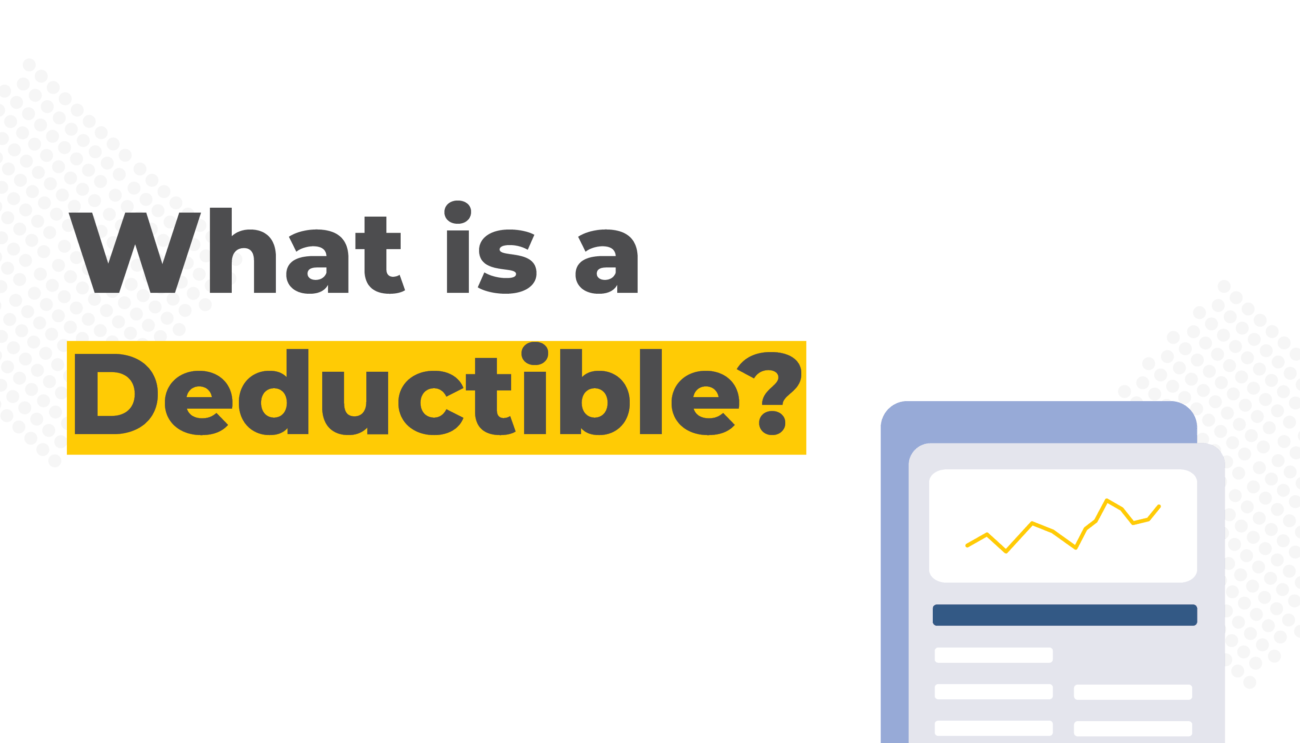
Introduction:
Insurance is a critical component of financial planning, providing a safety net against unexpected events. One of the key aspects of insurance policies is the deductible, a term that often confuses policyholders. Understanding insurance deductibles is crucial for making informed decisions about coverage and managing financial risks effectively.
Definition of Insurance Deductible:
An insurance deductible is the amount of money a policyholder must pay out of pocket before their insurance coverage kicks in. It is essentially a cost-sharing mechanism between the insured and the insurer. Deductibles are common in various types of insurance, including health insurance, auto insurance, homeowners insurance, and more.
Types of Insurance Deductibles:

1. Fixed Dollar Deductibles:
This type of deductible involves a specific amount that the policyholder must pay before the insurance coverage begins. For instance, if an auto insurance policy has a $500 deductible, the policyholder is responsible for the first $500 of covered expenses, and the insurance company covers the remaining costs.
2. Percentage-Based Deductibles:

Some insurance policies use a percentage-based deductible, which is calculated as a percentage of the total covered loss. In health insurance, for example, a policy might have a 20% deductible. If the total covered expenses amount to $5,000, the policyholder would be responsible for $1,000 (20% of $5,000).
3. Annual Deductibles:
Many insurance policies reset deductibles annually. In a calendar or policy year, once the policyholder meets their deductible, they may not have to pay it again until the next year. Health insurance commonly employs annual deductibles, incentivizing policyholders to manage healthcare costs.
Benefits of Insurance Deductibles:

1. Cost Control:
Deductibles play a crucial role in cost-sharing between policyholders and insurers. By requiring policyholders to pay a portion of the expenses, insurers can control overall claim costs. This cost-sharing mechanism helps prevent insurance fraud and misuse, as policyholders have a financial stake in the claims process.
2. Premium Reduction:
Opting for a higher deductible often results in lower insurance premiums. Policyholders willing to shoulder a greater financial burden in the event of a claim can enjoy reduced monthly or annual premium payments. This can be particularly beneficial for individuals who have financial stability and can comfortably manage higher out-of-pocket costs.
Challenges and Considerations:

1. Financial Strain:
While higher deductibles can lead to lower premiums, they also pose a risk of financial strain for some policyholders. In the event of a covered loss, individuals may struggle to meet a substantial deductible, hindering their ability to access insurance benefits effectively. Striking the right balance between premiums and deductibles is crucial, considering both immediate and potential future financial implications.
2. Policy Specifics:

Understanding the intricacies of an insurance policy is essential. Different policies may have varying deductible structures and rules. For example, some policies may have separate deductibles for different types of coverage (e.g., wind damage vs. fire damage in homeowners insurance), necessitating a careful review of policy documents.
3. Impact on Claim Frequency:
High deductibles might discourage policyholders from filing smaller claims. While this can be beneficial in maintaining lower premiums, it could result in missed opportunities to leverage insurance coverage for less significant losses. Policyholders should weigh the potential savings on premiums against the risk of underutilizing insurance benefits for minor incidents.
Strategies for Managing Deductibles:

1. Emergency Fund:
Building an emergency fund is a prudent financial strategy, especially for individuals with high insurance deductibles. Having savings equivalent to the deductible amount ensures that policyholders can meet their financial obligations in the event of a covered loss.
2. Claim Considerations:
Assessing the nature and severity of potential claims is essential. Understanding the likelihood of filing a claim and the associated costs can help policyholders choose an appropriate deductible that aligns with their risk tolerance and financial capacity.
3. Reviewing Deductibles Periodically:

As financial situations change, so too might a policyholder’s ability to manage deductibles. Periodically reviewing insurance policies and adjusting deductibles accordingly can help ensure that coverage remains both adequate and affordable.
Conclusion:
Insurance deductibles are a fundamental aspect of insurance policies, influencing both costs and coverage. While they can be a valuable tool for managing premiums and aligning policyholder and insurer interests, careful consideration is necessary. Striking the right balance between out-of-pocket expenses and insurance premiums requires an understanding of personal financial situations, risk tolerance, and potential claims scenarios. By demystifying insurance deductibles, individuals can make informed decisions that enhance their financial security and ensure optimal utilisation of insurance benefits.




One Comment on “Demystifying Insurance Deductibles: A Comprehensive Guide”